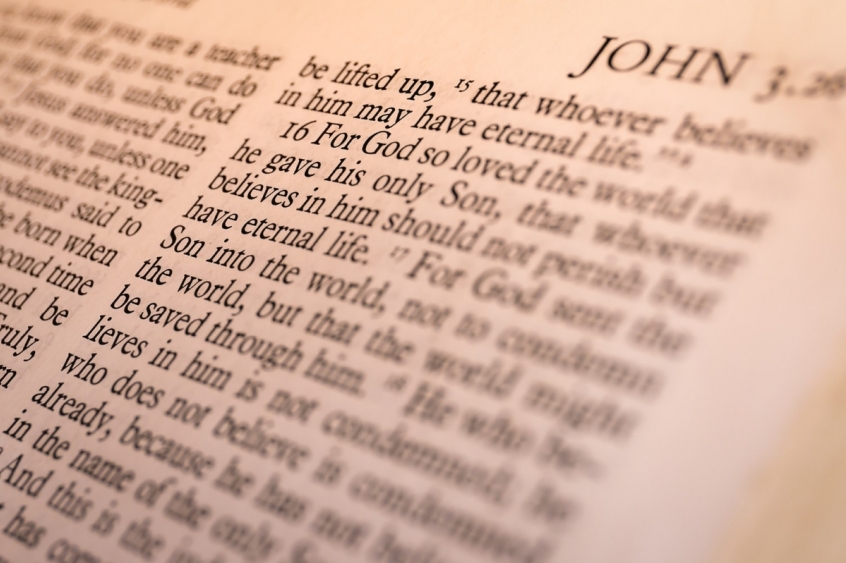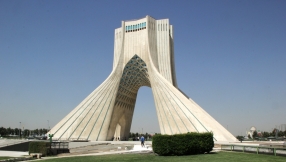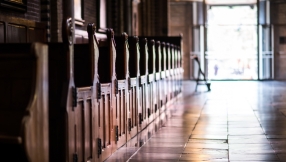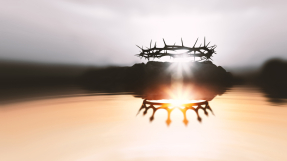
This month, it was reported in many news sites that Oxford professor Dirk Obbink was accused of selling valuable manuscripts to an American museum. How could something like that be possible?
Museums and private collectors pay big money for ancient objects. These could be anything from statues to written texts, even fragmentary texts. For Christians, objects relating to the Bible have special value and the relatively new Museum of the Bible in Washington DC, which opened only in 2017, has been particularly keen to assemble a great collection.
But the same Museum of the Bible has just announced that it is returning thirteen manuscripts to Oxford which are the rightful property of the Egypt Exploration Society. They were allegedly sold by Obbink to the Green family and their Hobby Lobby Stores, the sponsor of the museum, in 2010.
The trade in ancient artefacts is not regulated, and many of the items are priceless simply because they are unique. The rule of thumb is that universities and established museums such as the British Museum will never sell anything they own, although they will allow objects to go on loan to other museums for a fixed period of time.
The problem with antique works of art and other objects is that the big money and the fame involved attract unsavoury elements. It has become attractive to produce fake 'ancient' objects and to sell them as authentic. With modern means, a skilled falsifier can produce modern-day objects which are very hard to distinguish from authentic ancient ones.
Sometimes the experts are utterly divided on issues of authenticity, such as in the case of the so-called ossuary of James, which first came into the limelight in 2002. The jury is still out on whether this striking object is authentic or a clever modern fake.
The situation is slightly different for manuscripts of the Bible, for other ancient texts, and for coins and seals. To limit myself to the former, in antiquity there were numerous copies of the Bible and so it is quite possible that more will come to light. Numbers are unpredictable.
These days verification can be done with the help of modern technology, but even then not all cases are clear cut. A modern falsifier can for example use a real piece of ancient papyrus to write a fake text on it, as happened with the 'Gospel of the Wife of Jesus' in 2012. Or they could write a real text!
For testing the authenticity of all these objects there is modern technology available to separate the wheat from the chaff. Scientific analysis can tell as much about the materials used, their age and their provenance. Yet sometimes doubts remain, as with the ivory pomegranate which allegedly came from the temple of Solomon and which was bought by the Israel Museum for much money but is now heavily disputed.
An important distinction can be made between objects whose (unexpected) discovery was witnessed and objects that come from unknown sources. The former have to be authentic, such as the inscription from Tel Dan mentioning King David that came to light in 1993. The latter are often fake and many scholars avoid them as a matter of principle.
In the case of Professor Obbink, the fragments he is accused of selling likely include authentic and fake texts. When he made headlines for the wrong reasons last year, it was about his handling of an authentic manuscript, an ancient fragment of the Gospel of Mark. In 2012, Obbink dated this to the first century AD, but later changed his mind to around AD 200. Rumours circulated last year that he had tried to sell this fragment to the Museum of the Bible as well, although it is owned by his employer in Oxford.
In this century, many more papyri of unknown origins have turned up than in previous centuries. For example, quite a few fragments of Dead Sea Scrolls have appeared without proper evidence of their provenance. And not only biblical texts are popping up in larger numbers, but also secular manuscripts by authors such as Homer and Plato.
Some of the Museum of the Bible's supposed fragments of the 'Dead Sea Scrolls' are to be modern-day forgeries, and some suspicion has fallen on Obbink.
The Egypt Exploration Society owns a large collection of ancient manuscripts discovered in Oxyrhynchus (Egypt) by Bernard Grenfell and Arthur Hunt between 1896 and 1907. It has also reported that two further fragments from this collection have surfaced in a different American collection. One wonders how they got there. Professor Obbink is pleading his innocence.
Rev Dr Pieter J. Lalleman teaches the Bible at Spurgeon's College; see here for his recent books.











